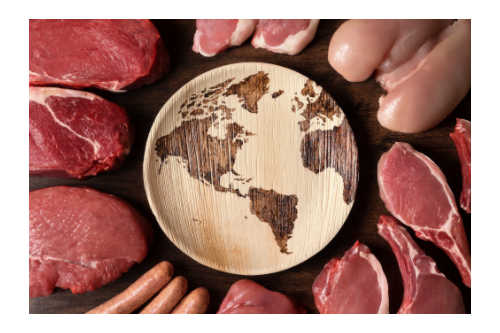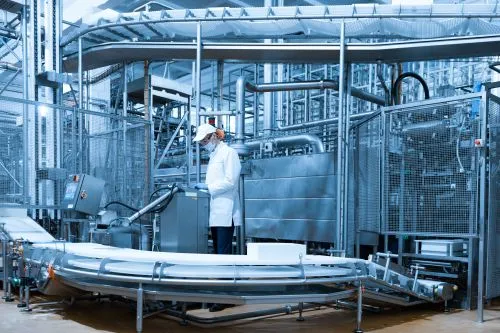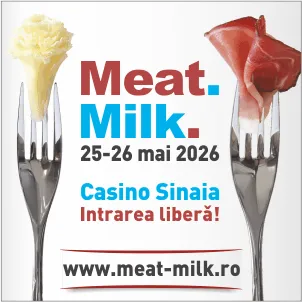460

According to the FAO – Outlook 2025, global meat production is expected to reach a record level of 364 million tons this year, up 1.3% compared to 2024. Asia remains the main driver of demand, accounting for more than 45% of global consumption, while Europe is stabilizing its production, focusing increasingly on quality and sustainability.
In the European Union, total meat production is estimated at 42.6 million tons, showing a slight decline due to the reduction in cattle herds and the pressure of environmental regulations. According to Eurostat, the average annual meat consumption per capita in the EU is 65 kg, while Romania remains above this average at approximately 77 kg, dominated by poultry and pork.
From an economic perspective, food inflation and production costs have directly influenced prices. In Romania, the average price of pork increased by 9% in 2024, while energy and feed costs rose by more than 15%. Nevertheless, domestic demand remains stable, supported by consumers’ growing preference for local products.
The FAO emphasizes that the future of the meat market depends on the transition to sustainable systems: reducing carbon emissions, optimizing animal feed resources, and improving transparency regarding product origin. Countries investing in the digitalization of the food chain will gain a competitive advantage.
For Romania, prospects are favorable, provided that processing facilities are modernized and controlled-origin brands are developed. Exports could be revitalized through a strategy centered on quality and traceability, rather than volume alone. In the global context, Romania has the potential to play a strategic role in regional supply, if it strengthens its infrastructure and sanitary-veterinary standards.
(Photo: Freepik)





